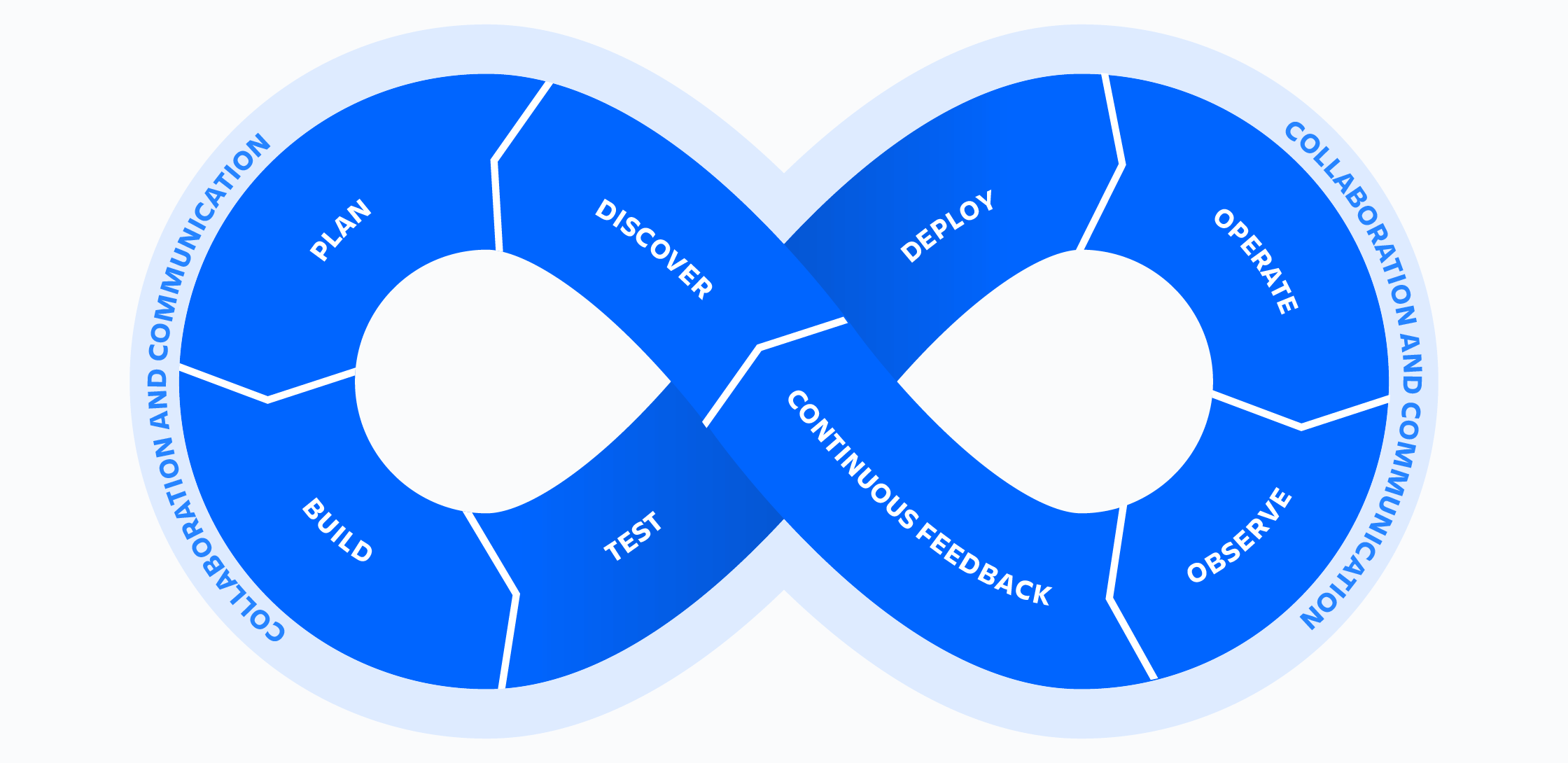When I first heard the word DevOps, I thought it was just another tech buzzword. In reality, it’s not something new or mysterious. It’s simply a better way for teams to work together when building and running software.

So, what does DevOps really mean?
The word comes from Development and Operations. Developers are the people writing the code. Operations are the people making sure the code runs smoothly on servers or in the cloud.
In many companies, these two groups used to work like strangers. Developers would “throw” code over the wall, and the operations team had to deal with the problems. You can imagine the frustration.
DevOps is about breaking that wall. It means developers and operations sit at the same table, share responsibility, and move faster together.
Why should a company care?
I’ve worked with teams that released software once every few months. Every release was stressful, and sometimes things broke badly. After moving to DevOps, the same teams started releasing several times a week, and problems became smaller and easier to fix.
Here are a few benefits I often see:
- Faster releases → Your customers don’t wait months for new features.
- Less stress → Automation takes care of boring, repetitive tasks.
- Happier customers → Apps are more stable and reliable.
- Lower costs → You don’t waste money fixing big failures later.
DevOps practices in daily work
It’s not only about tools, but also culture. Still, tools make things easier:
- CI/CD pipelines → Code changes are tested and deployed automatically.
- Monitoring & Logging → Problems are visible before customers notice.
- Infrastructure as Code (IaC) → Servers and cloud resources are described in files instead of manual steps.
- Automation → Less manual work means fewer mistakes and faster delivery.
Even a small company can use these ideas. You don’t need a huge budget. Many open-source tools like Docker, GitLab, and Prometheus make DevOps possible without big investments.
Common challenges
Of course, DevOps is not always easy. Some teams struggle at first:
- People may resist change.
- Too many tools can feel confusing.
- Without clear goals, automation might just create more work.
The good news is that most of these problems are temporary. Once teams get used to working together, things become smoother and more productive.
That’s the essence of DevOps. It’s not about buying the newest tool or following a trend. It’s about changing how people work together so software gets to users faster, with fewer problems. Many companies are already doing it, and it’s quickly becoming the normal way of building technology.